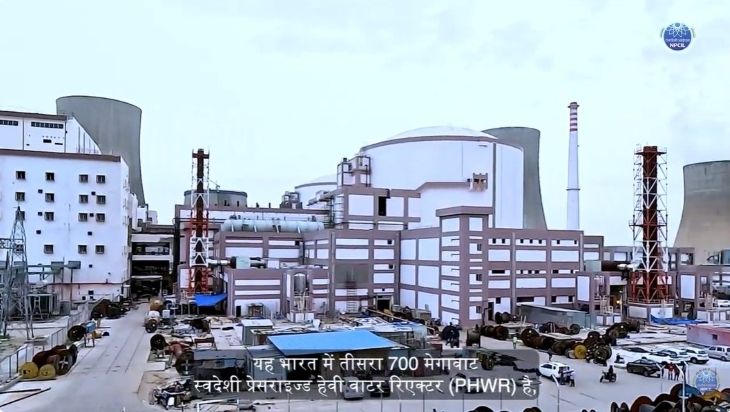It was in the summer of 1994, when the USA was the cynosure for all, as it hosted the FIFA World Cup, for the first time. Amidst all the football mania, came the news, that a tall 18-year-old Bengali girl, by the name of
Sushmita Sen, had won the Miss Universe contest, in Manila, after having won the Femina Miss India title. An Indian girl winning the Miss Universe contest for the first time was definitely a terrific achievement. It was her crowning glory, and the rest as the adage goes is history. Sushmita’s stunning win was an inspiration for other beauty queen aspirants. Soon after her win, India witnessed a sudden rise in beauty pageant winners; the green-eyed beauty
Aishwarya Rai won the Miss World contest, followed by the likes of Diana Hayden (Miss World 1997), Yukta Mookhey (Miss World 1999), Lara Dutta (Miss Universe 2000), and
Priyanka Chopra (Miss World 2000). As for Sen, immediately post her phenomenal win, a career in
Bollywood beckoned this leggy star. She debuted on the big screen, in 1996, with the film Dastak. Although the film did not create ripples at the Box office, but Sushmita had made her presence felt. However, it was in the year 1999, in David Dhawan’s Biwi No 1, when she got a chance to act opposite
Salman Khan, that Sen got noticed; she made the audience dance to the foot tapping number, Chunari Chunari. Sen’s height gave her impressive screen presence, which added to her beauty, and attractive personality. Her role in the film won her the Filmfare Best Supporting Actress award. Post Biwi No 1, a lull in her film career followed, with a series of
films not faring too well. A sizzling cameo song appearance in Fiza, with the popular Mehboob Mere somewhat kept her in the reckoning. But, then came the year 2004, when her career got a much-needed lease on life, with
Farah Khan’s directorial venture, Main Hoon Na, opposite superstar Shah Rukh Khan. The film was a blockbuster at the box office, and still remains
Sushmita Sen’s biggest hit. Playing the role of a chemistry teacher, Sushmita did full justice to her character. The 5 feet 7 inches tall, leggy lady, with her svelte figure, had the nation swooning with her sensuous dance moves in the chartbuster, Tumhe Jo Maine Dekha, along with co-star SRK. The chemistry between the duo was crackling. No wonder then, that the success of the film was inevitable. The box-office success of Main Hoon Na meant lucrative endorsement offers for the stars of the film, and offers followed for Sushmita as well. Watch giant Tag Heuer decided to take her on as their brand ambassador, the event for which was held in Jaipur. When I got an invite from Tag Heuer to be a part of the press delegation for the said event, I was thrilled. Having heard a lot about Sushmita, I was keen to see how she was in person, and the chance to see King Khan up-close doubled my excitement to go to Jaipur; the experience was thrilling to say the least. That she has an affable persona, and is extremely articulate as well as candid on several issues, was there for everyone to see. One of her candid comments, as I recall, was regarding her height. Sen was asked whether she thought that being a taller than average female was an obstacle to succeeding in
Bollywood. She answered by saying, “When I joined the film industry, people cited out my height and said it could be a drawback for me, but I have managed to prove them wrong. In fact its great to be tall!” She candidly went on to state that she is happy to do her own work, rather than be in the rat race for the number one spot. Main Hoon Na’s smashing success was soon followed by Maine Pyar Kyun Kiya,opposite
Salman Khan, in 2005. Post MPKK, Sushmita’s
films did not create ripples, and a slew of releases there after hardly did anything to keep her in the race. As her career in
Bollywood was not steady,
Sushmita Sen decided to dazzle on the ramp at various fashion events. She carved out a niche for herself on the catwalk, with her remarkable gait, and poise. While she might not be hot property on the box office, but on the ramp she is alluring. On the personal front, however, a lot has been written about Sushmita’s love life, which has always been under constant scrutiny by the media. But the lady remains unfazed and exudes a confidence to lead life on her own terms. Not many stars would have the guts to adopt two children, and be a single mother, with such aplomb, as
Sushmita Sen. She is the proud mother to two beautiful and intelligent girls, Renee and Alisah.
Bollywood’s reigning superstar, former Miss World and
Bollywood actress
Priyanka Chopra considers Sush as one of her favourites. This is what the ‘Exotic’ singer had to say when Sushmita complimented her recently for her role in the ABC series Quantico, “Thank u so much @thesushmitasen uve been my fave since u won miss universe at 18!! I remember ur cut out on my wall.[sic]” As she turns 40,
Sushmita Sen remains an enduring icon, and a favourite for aspiring beauty queens to look up to. So what if Sushmita did not have a blazing run at the box office, she has an everlasting charisma that makes her a beauty queen with brains.
Source: Article,
Image The site is home to two 700 MWe PHWRs (Image: screengrab from NPCIL video)
The site is home to two 700 MWe PHWRs (Image: screengrab from NPCIL video)






